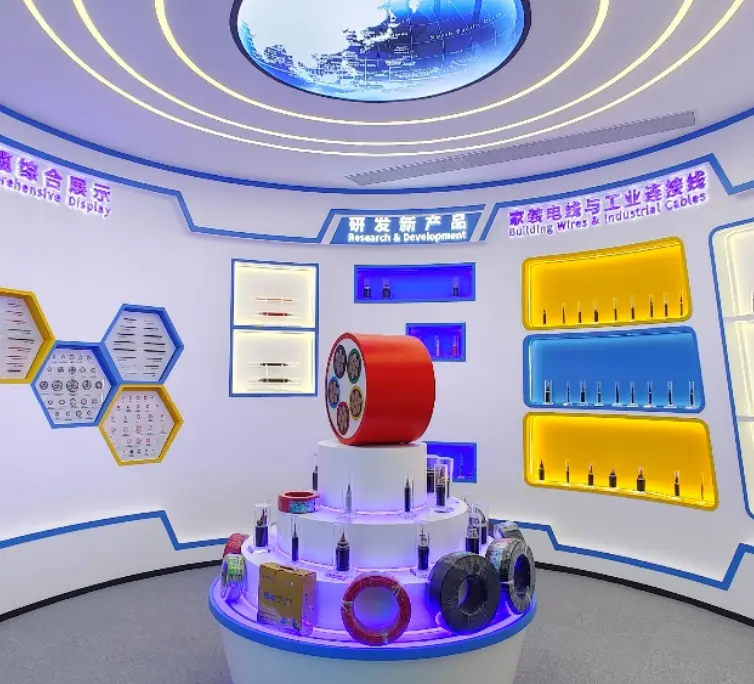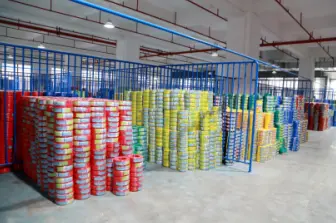Wire Materials, Basic Requirements and Types of Overhead Conductor
The role of overhead conductors is to conduct current and transport electrical energy. The material of the wire must not only have good electrical conductivity, but also have sufficient mechanical strength and good shock and corrosion resistance, and it must be light in weight and highly cost effective.
Ⅰ. The material of overhead conductors
The materials of overhead conductors include copper, aluminum, steel, aluminum alloy, etc. Copper is a metal with very good electrical conductivity and can resist corrosion, but it has a large specificity and a high price, and its mechanical strength cannot meet the strength requirements of large spans. Copper is generally not used in current overhead transmission lines. The conductivity of aluminum is lower than that of copper, its weight is lighter, and its price is low. Under the condition of equal resistance value, the quality of aluminum wire is only about half of that of copper wire. But the disadvantage is that the mechanical strength is low, and after the formation of alumina film on the surface of the operation, the electrical conductivity is reduced and the corrosion resistance is poor, so the high voltage distribution line is used more. Generally, aluminum stranded wire is not used in transmission lines. Although steel has high mechanical strength, it has poor electrical conductivity, poor corrosion resistance, and is easy to rust. It is generally only used as a ground wire or pull wire, not a wire. Steel has high mechanical strength and aluminum has good electrical conductivity. There are several strands of steel wire inside the wire to withstand tension; the outside is multi-strand aluminum wire to conduct current. Due to the skin effect of alternating current, the current mainly passes through the outer layer of the conductor, which makes full use of the electrical conductivity of aluminum and the mechanical strength of steel, complementing each other and complementing each other. At present, almost all overhead conductors use steel core aluminum wire.
Ⅱ. Basic requirements and types of overhead conductors
1. Basic requirements for overhead conductors
1.1 Sufficient mechanical strength;
1.2 Good electrical conductivity;
1.3 Strong corrosion resistance;
1.4 Small density, light in weight, and it is economical;
2. Types of overhead conductors
Conductors include steel core aluminum stranded wire, expanded steel core aluminum stranded wire, hollow core wire, steel-aluminum mixed stranded wire, steel core aluminum clad steel stranded wire, aluminum clad steel stranded wire, etc. The distribution network mainly uses overhead insulated wires. Overhead insulated power distribution lines are suitable for densely populated urban areas, where the line corridors are narrow, the distance between the erection of bare conductor lines and buildings cannot meet safety requirements, as well as scenic green areas, forest belt areas, and heavily polluted areas. Insulated wires for overhead distribution lines are generally divided into high-voltage split-phase insulated wires, low-voltage split-phase insulated wires, low-voltage clustered insulated wires, high-voltage clustered semiconductor shielded insulated wires, and high-voltage clustered metal shielded insulated wires according to their structure.
Latest News & Blog
 English
English  français
français  Deutsch
Deutsch  العربية
العربية  tiếng việt
tiếng việt  ไทย
ไทย  čeština
čeština  Indonesia
Indonesia  Eesti
Eesti  български
български  slovenčina
slovenčina 



